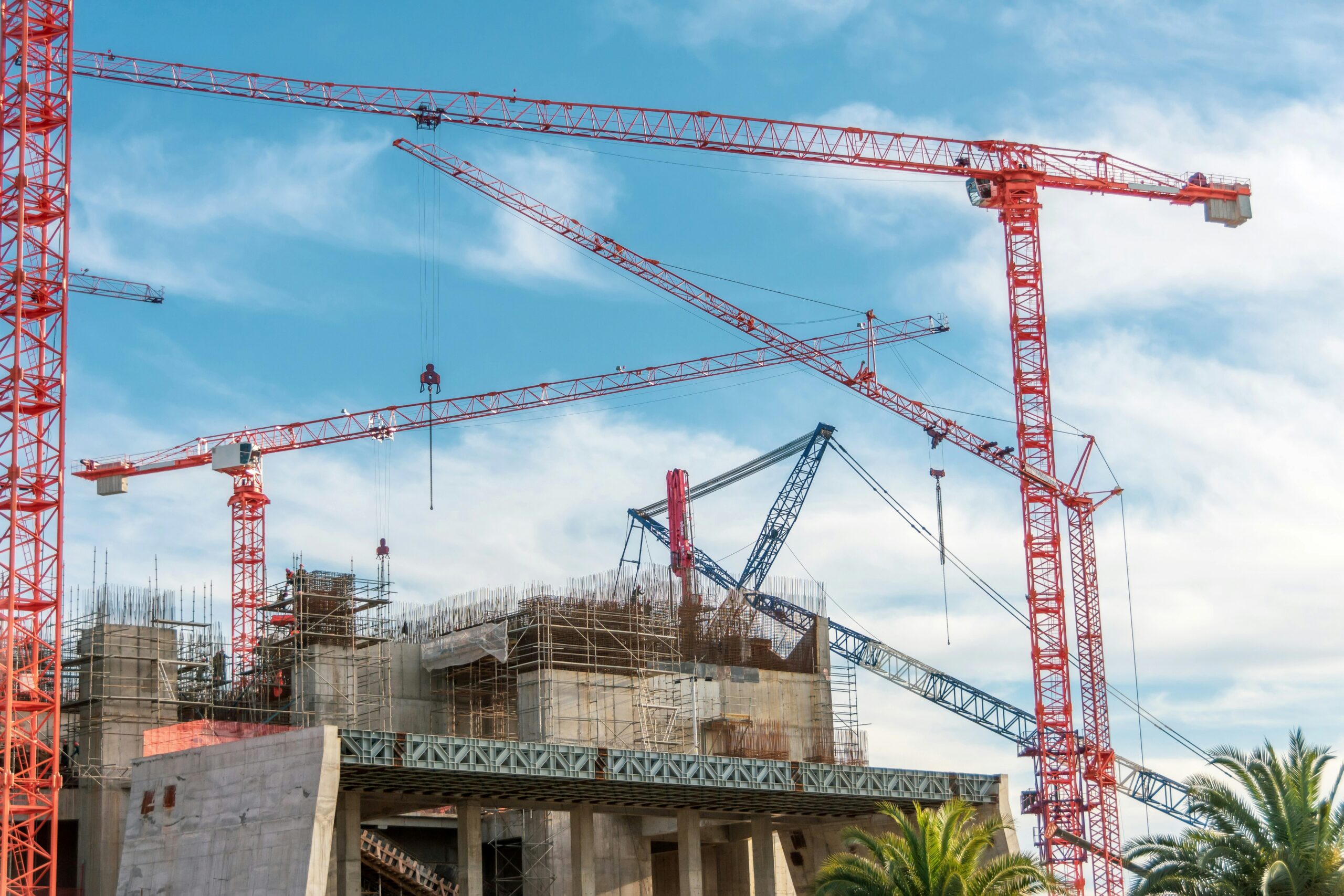
Demolition project management involves the careful planning, coordination, and execution of dismantling structures safely and efficiently. Whether it’s a residential, commercial, or industrial project, demolition requires meticulous attention to detail and adherence to regulations. Effective management ensures that demolition tasks are completed on time, within budget, and with minimal risk to workers and the environment. In this article, we’ll delve into the critical aspects of demolition project management.
Planning and Preparation for Demolition
The first stage of any demolition project is planning. This phase sets the foundation for everything that follows. Proper planning begins with conducting a thorough site inspection to understand the structure’s composition, existing materials, and potential hazards. Engaging structural engineers or demolition experts is essential at this stage to assess the integrity of the building and identify any factors that could impact the demolition process.
Additionally, creating a detailed project timeline and budget is crucial. This involves estimating the required resources, labor, and equipment and accounting for possible delays and unexpected expenses. Ensuring all permits and legal requirements are obtained is another vital task during the planning phase. Demolition projects can face legal complications and delays without proper documentation and authorization.
Safety Protocols and Risk Management
Safety is paramount in demolition projects involving numerous hazards, including falling debris, toxic materials, and structural instability. A comprehensive safety plan must be developed to address these risks and protect workers, the public, and the environment. This plan should include hazard identification, risk assessments, and the implementation of safety measures like barricades, protective gear, and clear signage.
Effective risk management goes hand in hand with safety planning. Ensuring that all team members are adequately trained in demolition safety protocols is essential. Regular safety drills and advanced demolition technology can also help mitigate risks. Moreover, it’s necessary to establish an on-site transparent communication system to ensure that workers can quickly report any safety concerns or issues.
Compliance with Regulations and Environmental Considerations
Demolition projects are subject to strict local, state, and federal regulations. These regulations cover everything from the safe handling of hazardous materials like asbestos and lead to waste disposal practices and noise control. Compliance with these rules is necessary to avoid fines and penalties and ensure the safety and well-being of workers and the surrounding community.
Environmental considerations also play a significant role in modern demolition practices. Sustainable demolition techniques are becoming more common as companies focus on reducing waste and recycling materials. Project managers should ensure the demolition follows environmentally friendly practices, such as recycling concrete, wood, and metal materials. Additionally, minimizing dust and noise pollution can reduce the project’s environmental impact and maintain good relationships with the local community.
Logistics and Resource Management
Effective logistics and resource management ensure a demolition project runs smoothly. The availability of equipment, labor, and materials must be carefully coordinated to avoid delays. Managing the movement of heavy machinery, trucks, and debris removal vehicles requires detailed planning to prevent bottlenecks and ensure that each project phase is completed on time.
Project managers should also monitor the project’s budget and resource usage throughout demolition. Tracking expenditures and ensuring that resources are used efficiently can help prevent cost overruns. Additionally, scheduling regular site inspections allows for the timely identification of potential issues that could affect the project’s progress.
Post-Demolition Cleanup and Site Restoration
Once the demolition work is completed, the cleanup process begins. This phase involves removing all debris, hazardous materials, and equipment from the site. A thorough cleanup is crucial to ensure the site is safe for future construction or development. In many cases, the site may need to be restored to meet zoning requirements or to prepare for new building projects.
Site restoration can include soil testing, removing residual contamination, and leveling the ground for new construction. Documenting the site’s post-demolition conditions can also help ensure that future development complies with local regulations and standards.
Effective demolition project management is critical to the success of any demolition project. It requires careful planning, strict adherence to safety protocols, compliance with regulations, and efficient resource management. By focusing on these key areas, project managers can ensure that demolition projects are completed safely, on time, and within budget. As the industry evolves, keeping up with best practices and emerging technologies will help ensure demolition projects remain efficient and environmentally responsible.